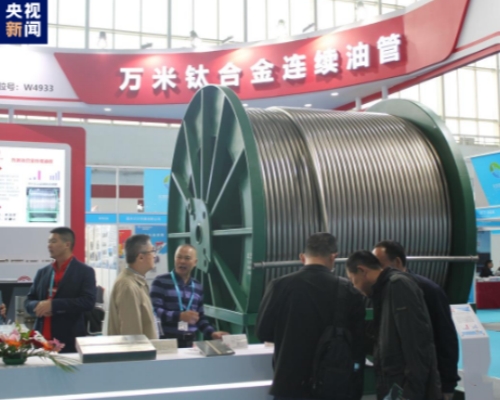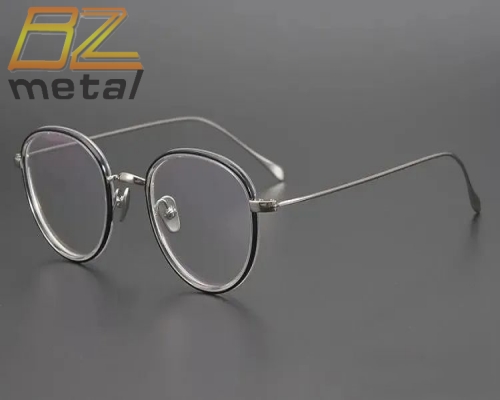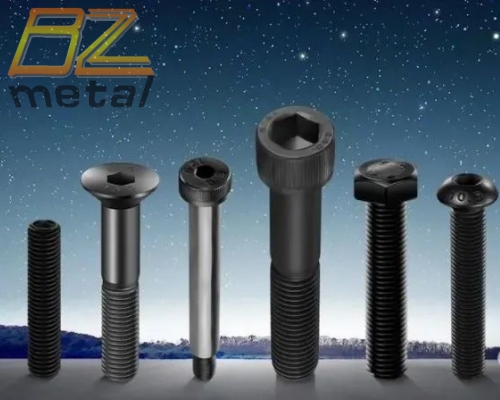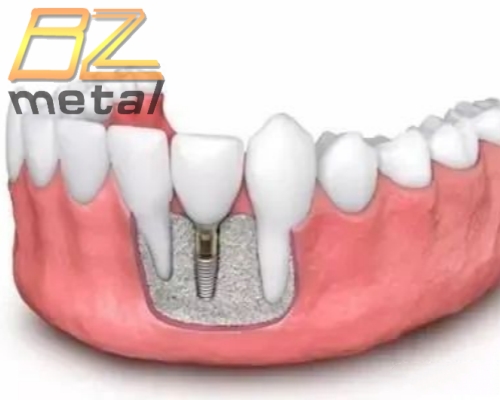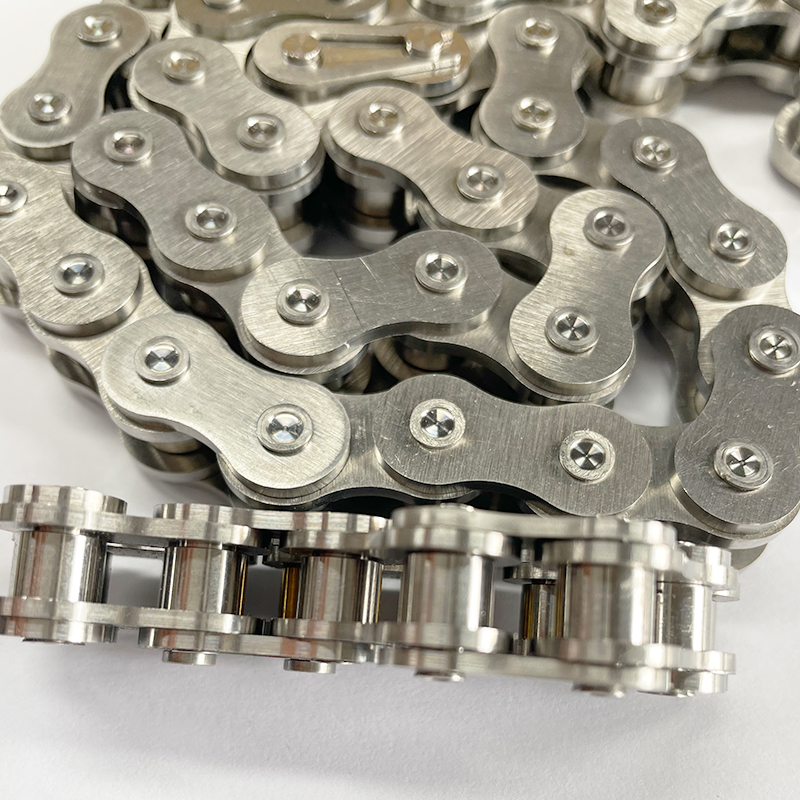What Are The Titanium Tube Welding Technologies?
What Are The Titanium Tube Welding Technologies?
Titanium welding requires special techniques due to the unique properties of titanium, such as its high reactivity with oxygen and sensitivity to heat. There are several common welding technologies used for titanium tubes:
1. Gas Tungsten Arc Welding (GTAW or TIG):
1.1 TIG welding is the most widely used method for titanium welding.
1.2 It utilizes a non-consumable tungsten electrode and an inert gas (usually argon) to shield the weld area from atmospheric contamination.
1.3 The heat input is controlled, and the process allows for precise control of the welding parameters.
2. Plasma Arc Welding (PAW):
2.1 PAW is similar to TIG welding but uses a more concentrated, constricted plasma arc.
2.2 It provides higher energy density, allowing for faster welding speeds and deeper penetration.
2.3 Like TIG welding, it uses an inert gas for shielding.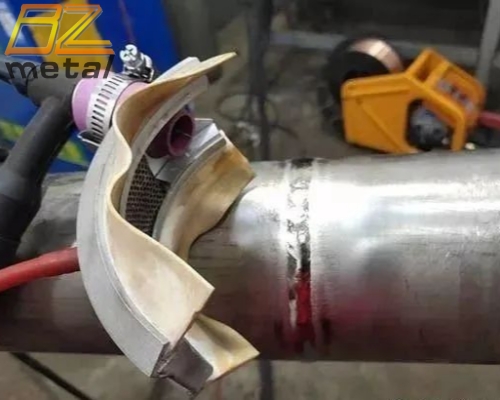
3. Gas Metal Arc Welding (GMAW or MIG):
3.1 MIG welding is less common for titanium, but it can be used in certain applications.
3.2 It involves a continuously fed consumable wire electrode and a shielding gas.
3.3 The process can be semi-automatic or automatic and is generally faster than TIG welding.
4. Electron Beam Welding (EBW):
4.1 Electron beam welding utilizes a focused beam of high-velocity electrons to melt and join metals.
4.2 It is a high-energy, precision welding method suitable for titanium.
4.3 The process is performed in a vacuum to prevent contamination by atmospheric gases.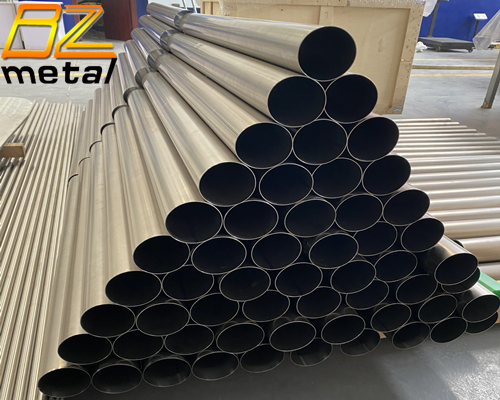
5. Laser Beam Welding (LBW):
5.1 Laser welding uses a highly focused laser beam to melt and join materials.
5.2 It provides a concentrated heat source and is suitable for thin-walled titanium tubes.
5.3 Like electron beam welding, it is performed in a controlled atmosphere or under vacuum to avoid contamination.
6. Friction Welding:
6.1 Friction welding involves rubbing two materials together to generate heat, eventually causing them to fuse.
6.2 It is a solid-state welding process and can be used for joining titanium tubes with similar or dissimilar materials.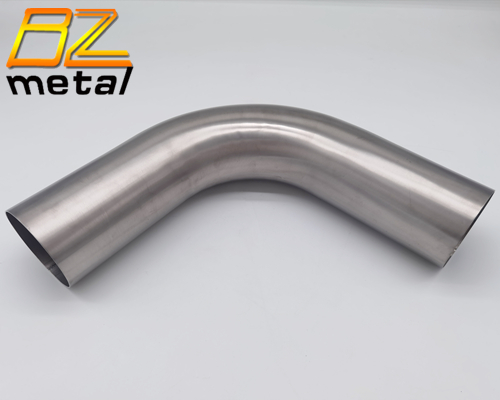
7. Resistance Welding:
7.1 Resistance welding methods, such as spot welding or seam welding, use electrical resistance to generate heat for welding.
7.2 These methods are less common for titanium but may be used in specific applications.
When welding titanium, it is crucial to take precautions to prevent contamination from atmospheric gases, such as using a high-purity shielding gas and working in a controlled environment. Additionally, proper joint preparation and post-weld heat treatment may be required to ensure the integrity of the welded joint. Each welding method has its advantages and limitations, and the choice depends on factors such as the specific application, material thickness, and desired weld properties.

